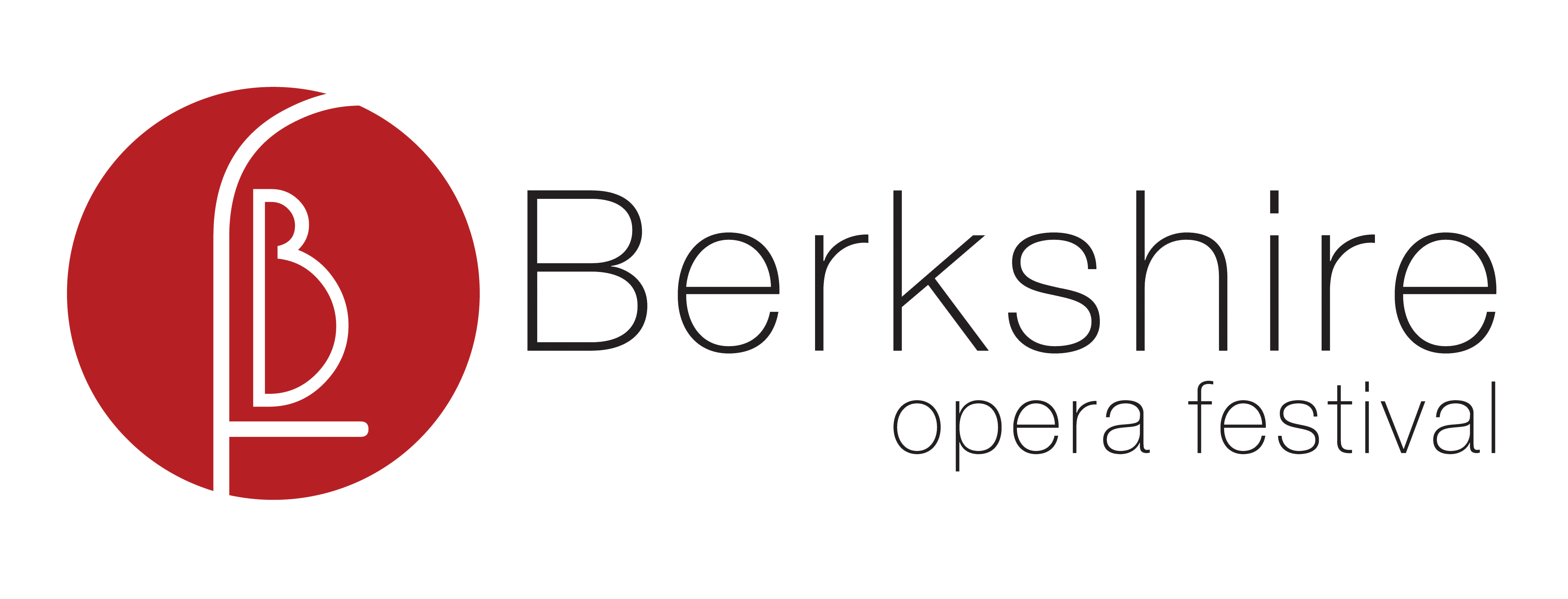AN OPERA "FOR OUR OWN TIME": INSIDE THE MUSIC OF LA TRAVIATA
- berkshireopera
- Jul 17
- 2 min read

The music that follows evokes the other side of Violetta’s private life, prefiguring her Act I duet with Alfredo in which she reflects on the nature of love. After the prelude comes to a peaceful conclusion, Verdi, in a masterful move, immediately tears us out of our reverie with a pair of unison curtain-raising gestures in the full orchestra that usher in the first scene: a party in Violetta’s house. In the space of just a few minutes, Verdi’s score foreshadows the story’s tragic ending, which promises redemption through either love or death (the “croce e delizia” to which Alfredo refers are both all too real for the sick Violetta), and between Violetta’s private needs and the public facade she must present to the world.
For the party music with which the first scene opens, Verdi borrows two important techniques from his earlier masterpiece Rigoletto – firstly, he gives the melody to the orchestra while the singers deliver their lines in a rapid-fire speaking style, creating the impression of a conversation taking place against background music. Second, he deploys quick changes of musical texture in the orchestra, alternating between the full orchestra, a small group of strings in the pit, and an offstage orchestra (the banda) to create the musical equivalent of cinematic cuts from a wide shot of the party to the close-up of an intimate conversation in the middle of a crowded room.
The first duet, “Un dì, felice,” develops material heard in the prelude into the first of a series of delicate waltz-like ideas centered around a few notes with which the score abounds. Violetta’s aria “Ah, fors’è lui” is cut from the same musical cloth, now in 3/8 time instead of 3/4, with a similarly-scored light string accompaniment, and represents the minor-major aria design at its simplest, most natural, and most moving. The aria’s cabaletta, “Sempre libera” assimilates the pyrotechnics of the bel canto aria into a vigorous waltz as Violetta reflects on the degree of freedom which the Parisian nightlife affords her. Similarly, Alfredo’s Act II aria “De’ miei bollenti spiriti” follows the three-beat pattern; a slower waltz, but a waltz nonetheless.
Lightly-scored strings return in the last act, too, as Violetta lies on her deathbed. The duet “Parigi, o cara,” sung upon Alfredo’s return, is once more a “typical” Traviata melody – waltz-like and simple in line and accompaniment. The strains of revelers’ music filtering through the wings from “out of the window” (i.e. offstage, again featuring Verdi’s keen ear for spatial effects) create a contrast with the solemn tone of the scene that enhances its realism. Astute Verdi fans will note the final scene also features a solemn marchlike rhythm borrowed from the “Miserere” chorus in Il Trovatore. Despite the intimacy of Alfredo and Violetta’s love music, Verdi brings the full weight of his dramatic sensibility to bear in the opera’s final bars, as pounding drums and blaring brass elevate Violetta’s death into a tragedy worthy of a grand opera.
by Artistic and Education Coordinator Luca Antonucci




